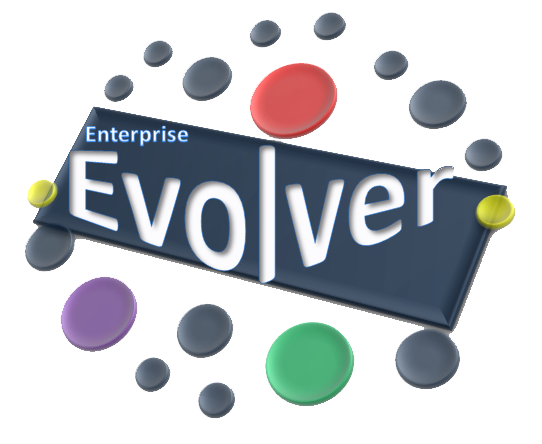Developing a business strategy involves a number of key elements, including:
- Understanding your market: Conduct market research to understand your industry, customers, and competitors.
- Defining your mission and vision: Define your purpose as a company, and what you aspire to achieve in the long term.
- Setting clear goals and objectives: Establish specific, measurable goals and objectives that align with your mission and vision.
- Analyzing your strengths, weaknesses, opportunities, and threats: Conduct a SWOT analysis to identify internal and external factors that could affect your business.
- Identifying your target market: Determine who your ideal customers are, and tailor your products or services to meet their needs.
- Developing a unique value proposition: Develop a clear and compelling message about what sets your company apart from competitors.
- Creating a marketing plan: Develop a plan for reaching and engaging with your target audience through various channels.
- Establishing a financial plan: Determine your revenue streams, costs, and profit margins, and create a plan for managing your finances.
- Building a strong team: Hire and develop a team with the skills and expertise necessary to achieve your goals.
- Monitoring and adjusting your strategy: Continuously evaluate your progress and adjust your strategy as needed to stay on track.
Enterprise architecture (EA) models, created using Enterprise Evolver can help translate a business strategy into achievable business outcomes by providing a holistic view of the organization’s structure, processes, systems, and resources. EA models help align business objectives with technology and enable organizations to make informed decisions about technology investments and implementations.
Here are some ways enterprise architecture models can help achieve business outcomes:
- Align business goals with technology: EA models help ensure that business goals and objectives are aligned with technology investments and implementations, and that the technology supports the overall strategy. Enterprise Evolver offers a business capability assessment feature to identify investment in the right capability attributes (e.g. process, people, technology or data).
- Identify opportunities for optimization: EA models help identify inefficiencies and redundancies in processes, systems, and resources, enabling organizations to optimize their operations for better business outcomes. Enterprise Evolver offers an insight analyzer to visualize the complexity of your organization to help you identify redundancies and complexity in processes, systems and people and other IT resources.
- Ensure compliance: EA models help ensure that technology implementations and processes are compliant with regulatory requirements and industry standards. Requirements can be added using the Evolver to ensure compliance.
- Enable agility: EA models enable organizations to respond quickly to changing market conditions or business needs, by providing a clear understanding of the dependencies and relationships between different parts of the organization. Enterprise Evolver offers to capture all kinds of relationships and through the network diagrams, all nodes and connections can be visualized to understand the dependencies.
- Facilitate collaboration: EA models provide a common language and framework for communication between different business units, IT departments, and stakeholders, facilitating collaboration and decision-making. Various models generated from capability models, capability heatmaps, coherence dashboards, enterprise network diagrams, application and technology portfolio views and various roadmaps can be useful models to facilitate collaboration.
Overall, enterprise architecture models created using Enterprise Evolver can play a critical role in translating a business strategy into achievable business outcomes, by providing a clear understanding of the organization’s structure, processes, systems, and resources, and enabling informed decision-making about technology investments and implementations. A strategic Roadmap can guide you on how your long-term business strategy will be operationalized.





